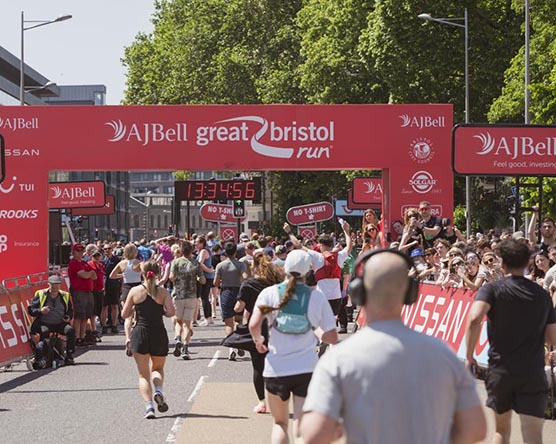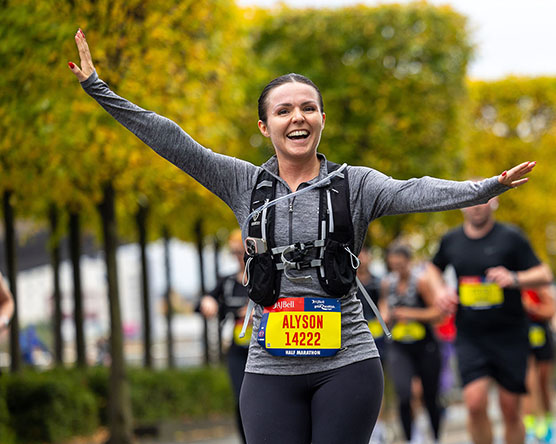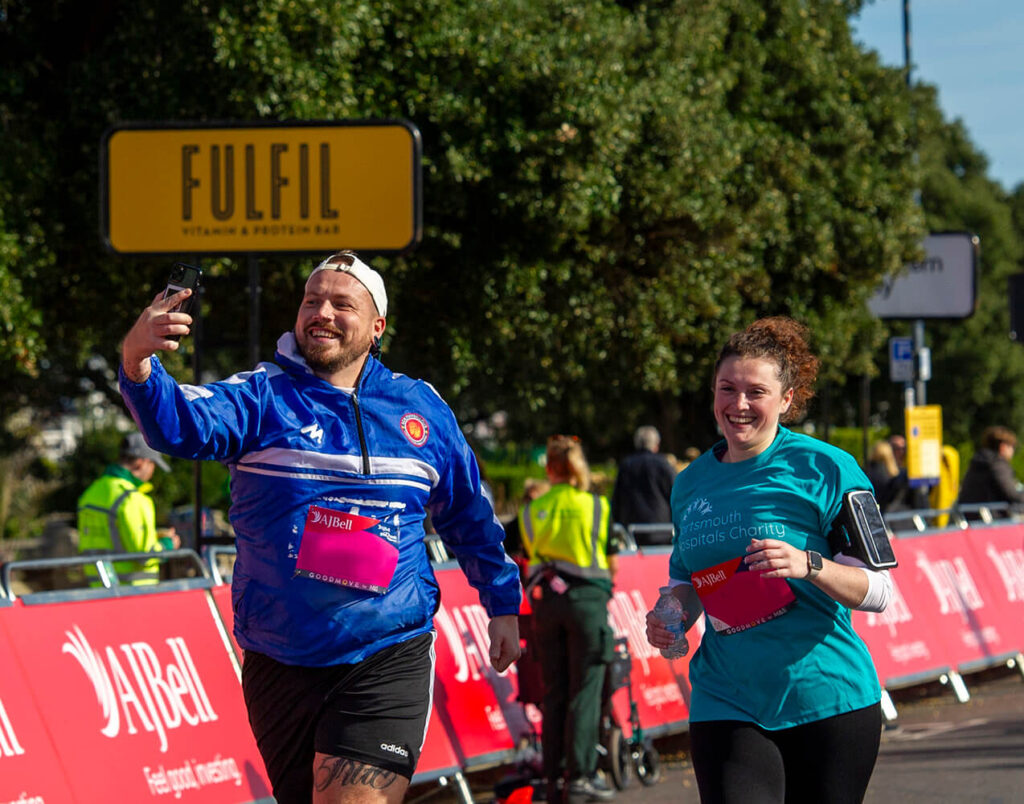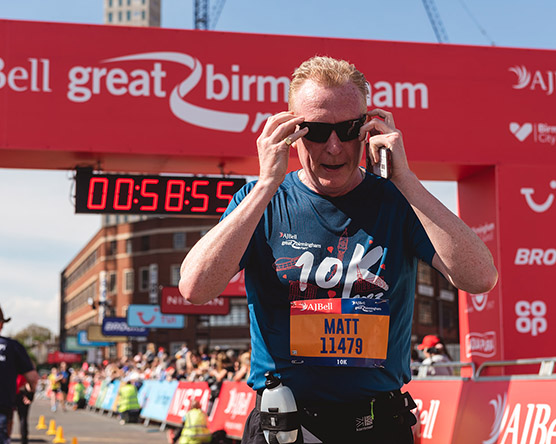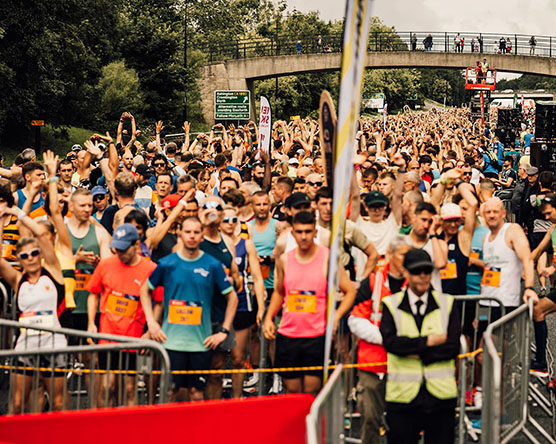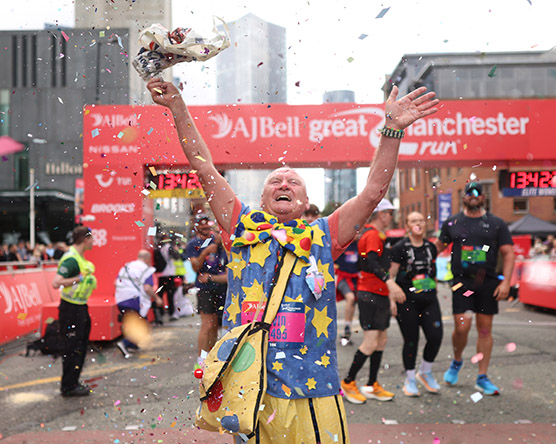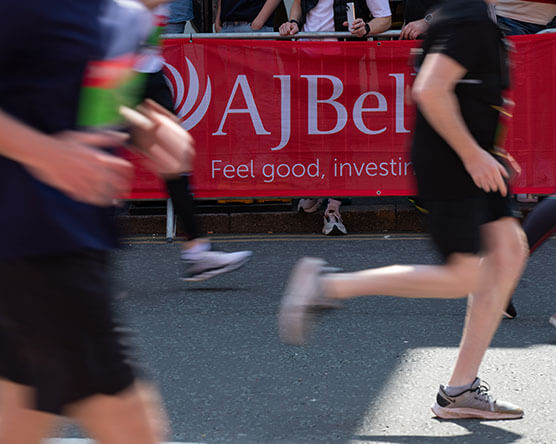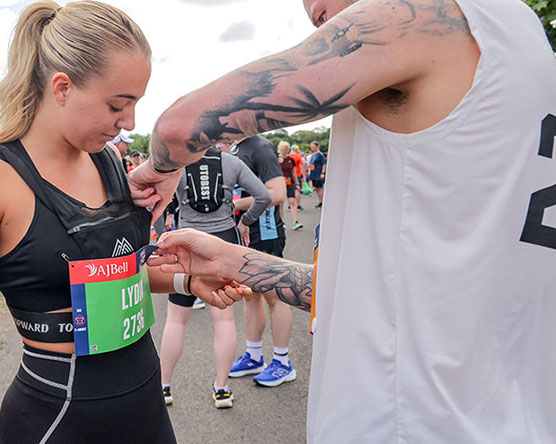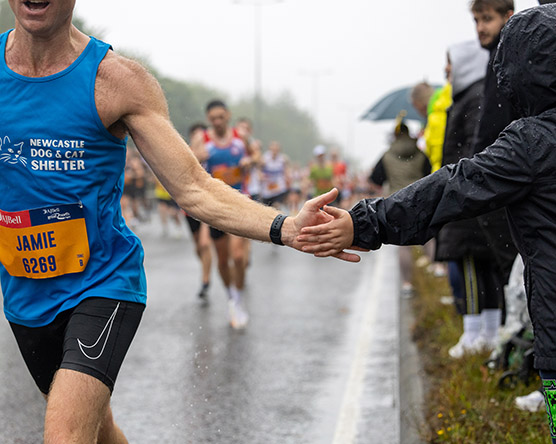Anyone can put one foot in front of the other, but good running technique or ‘form’ takes a little skill and practice. It’s well worth investing a little time on this, because good running technique reduces the likelihood of injuries and ensures you are running as efficiently as possible. Here are ten top tips.
Be posture perfect
Good posture and alignment enable your body to cope with the demands of running without undue stress or strain. Many of us spend a lot of time sitting down and unwittingly take a ‘semi-seated’ posture into our running, bending forward from the waist with the hips out behind us. In profile, imagine a plumb line passing from your shoulder to your hip and ankle. Think about running ‘tall’, visualising yourself growing taller with every step.
Look ahead
Look at the road ahead, not down at the ground. Your head weighs approximately 7-10 lbs., so having your eyes glued to your feet brings the weight of the entire upper body forward, putting you in poor alignment and restricting your breathing.
Increase your cadence
Cadence is the number of steps you take per minute during running. The top athletes have a cadence in excess of 180 steps per minute while we lesser mortals tend to be closer to 160! But you can pick up your cadence by shortening and quickening your stride. Many runners benefit from downloading a metronome app to their smartphone – give that a go.
Relax
It’s much harder to run well if you aren’t relaxed – tension wastes precious energy and renders your movements stiff and awkward, rather than smooth and fluid. Breathe freely and pay heed to common tension sites, including the neck and shoulders, hands (unclench those fists) and jaw. Research shows that when we clench the jaw, nerve signals are sent along the spinal cord, causing us to ‘brace’ our posture and tense up.
Look and listen
If you get the opportunity to see yourself running – on a treadmill, on video or even in a shop window – take a good look at what you see. Often we are unaware of bad habits, such as leaning forwards, bouncing up and down or shuffling half an inch about the pavement! Your ears can also tell you a lot. The quieter your foot strike, the less strain you are putting through your joints. As you run, imagine you are trying not to leave footprints.
Arm yourself
A good arm action can contribute balance, rhythm and propulsion to your running stride. Keep the elbows bent to around 90 degrees and don’t allow the arms to swing across the centre of the body. Keep the wrists and hands relaxed, but not floppy.
Body scan
Rather than zoning out, pay attention to your form as you run. Practise running through a ‘body scan’ from head to toe, every mile or so. Are you gritting your teeth? Are your shoulders hunched up? Are your feet landing heavily? Then make any necessary adjustments to stay on top of good form.
Think in circles
Let the knees, not the feet, lead the legs forward. Imagine your limbs moving in a circular motion, so that your foot lands under your knee rather than in front of it, where it will act as a ‘brake’.
Don’t try too hard
Running shouldn’t be a battle against the ground or the air. Imagine it as a ‘controlled topple’ forwards – all you need do is move your legs and you’re on your way!
Get analysed
If you need a little help identifying any issues with your running technique, or have had recurring injury problems, it is worth investing in a professional ‘gait analysis’ where an expert will film and review you running to analyse your technique and suggest ways of improving it.



